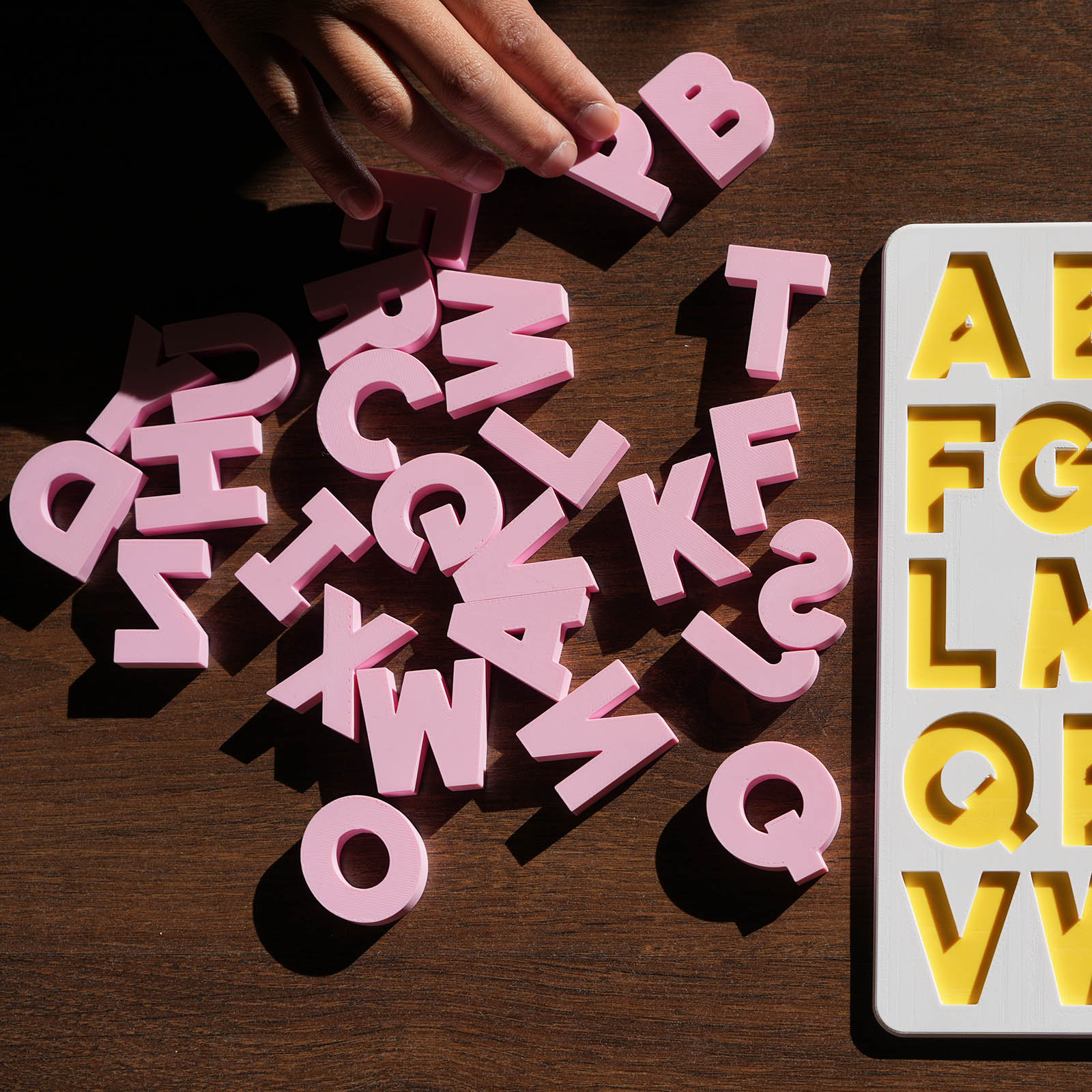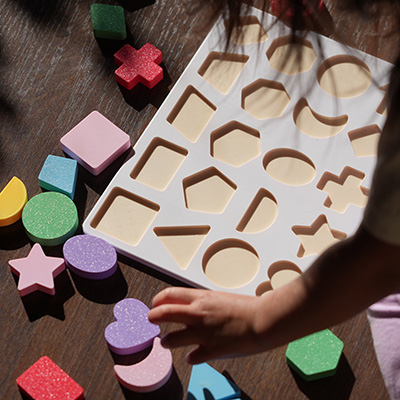🎯 When Less Really Is More
In a world of lights, sounds, and screen-based entertainment, simple toys might seem… underwhelming. But for toddlers, they’re often the most powerful tools for learning.
Minimalist, thoughtfully designed toys invite engagement, not just entertainment. They don’t shout instructions — they whisper possibilities.
🧠 The Learning Science Behind Simplicity
Simple toys allow a child’s brain to do the heavy lifting — and that’s where the magic happens.
They support:
- Focused attention (less sensory overload = longer engagement)
- Creativity and problem-solving (no fixed outcomes)
- Self-directed learning (no step-by-step prompts)
- Fine motor skills (manipulating, placing, stacking)
The fewer built-in distractions a toy has, the more mental energy the child brings to the experience.
👶 Why Toddlers Thrive on Clarity
Young children are still developing the ability to filter information. Flashing lights and noisy buttons may grab attention — but they rarely sustain it.
By contrast, minimalist toys:
- Highlight one clear concept (e.g., matching a shape or identifying a number)
- Encourage trial and error
- Offer visual and tactile clarity — crucial for early neural development
This is why many Montessori-aligned environments favour toys with single functions and clean aesthetics — they reduce cognitive noise and support deeper engagement.
🧩 How Simplicity Shows Up in Puzzle Design
Take a shape-matching puzzle, for example.
A well-designed puzzle doesn’t need music or motion. Instead, it offers:
- A clear goal (find where each piece fits)
- Immediate feedback (it either fits or it doesn’t)
- Hands-on interaction (grasping, turning, pressing)
The challenge is intrinsic — built into the toy itself — not dependent on rewards or flashing responses.
At Frankie & Leo, we embrace this kind of simplicity. Our puzzles focus on form, function, and child-led discovery — because the toy isn’t the teacher. The child is.
✨ The Hidden Power of “Boring” Toys
To adults, these toys may seem repetitive. But for toddlers, repetition is essential.
Every time a child repeats an action, they strengthen neural pathways. Each small success builds:
- Confidence
- Pattern recognition
- Motor control
- Early reasoning skills
Simple toys don’t distract from these moments — they enable them.
💡 Final Thought
In a busy world, a simple toy offers something rare: space. Space to think, to focus, and to learn by doing.
So the next time you see your child quietly engaged with a shape puzzle or lining up pieces just so — resist the urge to “add more.” What looks like simplicity on the outside might just be deep learning in action.
👉 Explore Toys Designed for Meaningful Play
📚 Reference:
Whitebread, D. et al. (2012). The Importance of Play in Promoting Healthy Child Development and Maintaining Strong Parent-Child Bonds. Psychology of Education Review, 36(1), 26–34.

